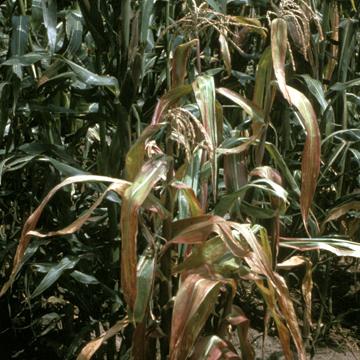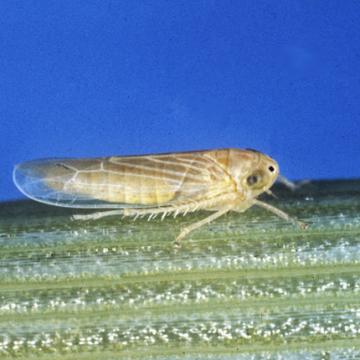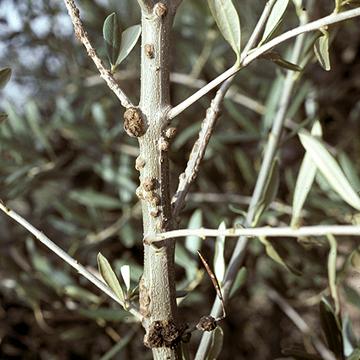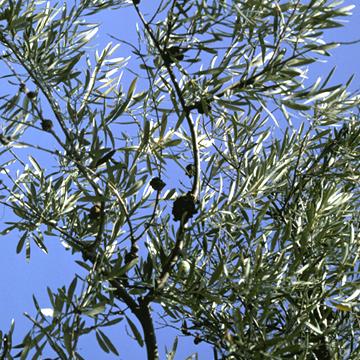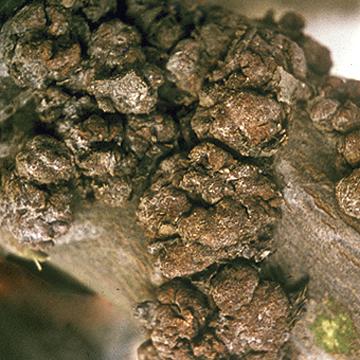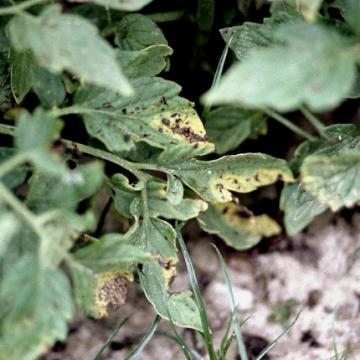DISEASE: Maize bushy stunt
HOST: Corn (Maize)
Maize with chlorotic leaf margins and reddening of tips and margins of older leaves.
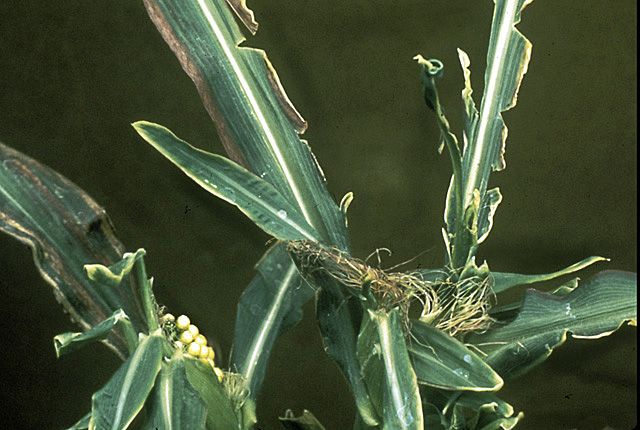
Maize bushy stunt | Corn (Maize)
DISEASE: Maize bushy stunt
HOST: Corn (Maize) (Zea mays)
PATHOGEN: 'Candidatus Phytoplasma asteris'
PATHOGEN SYNONYM: Phytoplasma Aster yellows group
SOURCE: L. Nault, M. Davis
DISEASE: Maize bushy stunt
HOST: Corn (Maize)
Late stage of disease.
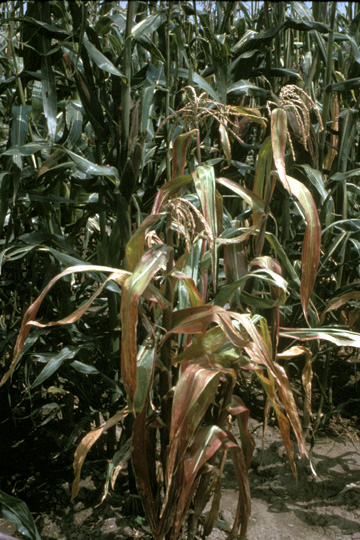
Maize bushy stunt | Corn (Maize)
DISEASE: Maize bushy stunt
HOST: Corn (Maize) (Zea mays)
PATHOGEN: 'Candidatus Phytoplasma asteris'
PATHOGEN SYNONYM: Phytoplasma Aster yellows group
SOURCE: R. Davis, M. Davis
DISEASE: Maize bushy stunt
HOST: Corn (Maize)
Dalbulus maidis, leafhopper vector of 'Candidatus Phytoplasma asteris', the cause of maize bushy stunt.
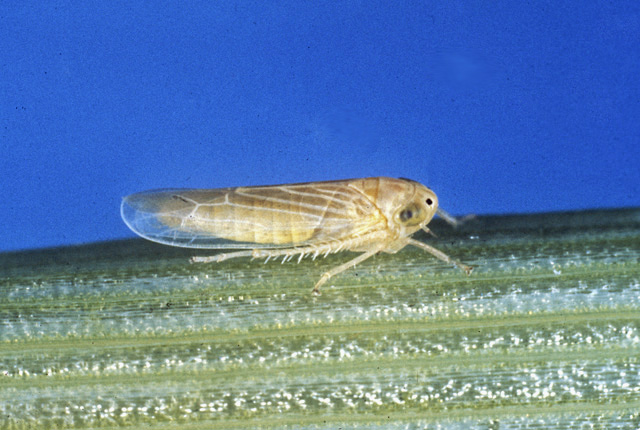
Maize bushy stunt | Corn (Maize)
DISEASE: Maize bushy stunt
HOST: Corn (Maize) (Zea mays)
PATHOGEN: 'Candidatus Phytoplasma asteris'
PATHOGEN SYNONYM: Phytoplasma Aster yellows group
SOURCE: L. Nault, M. Davis
DISEASE: Olive knot
HOST: Olive
Multiple infections of young stems. The bacterium invades vascular tissues during certain times of the year and may be isolated from branches that appear healthy.
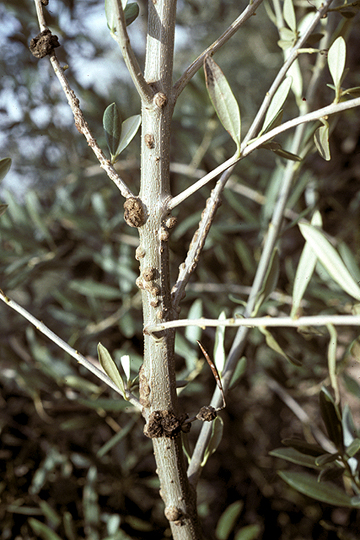
Olive knot | Olive
DISEASE: Olive knot
HOST: Olive (Olea europaea)
PATHOGEN: Pseudomonas savastanoi pv. savastanoi
SOURCE: M. Schroth
DISEASE: Olive knot
HOST: Olive
Tree with knots/galls on branches along with twig dieback, which is associated with knots. Fusarium and Diplodia spp. infect through knots and are thought to be main reason for dieback.
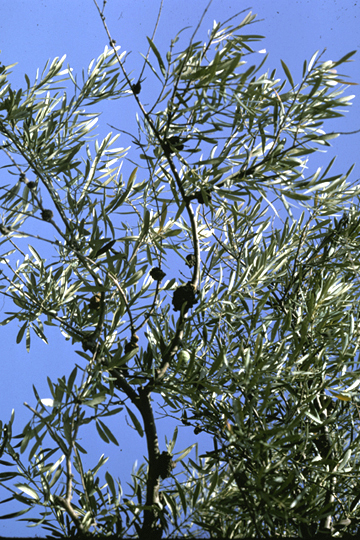
Olive knot | Olive
DISEASE: Olive knot
HOST: Olive (Olea europaea)
PATHOGEN: Pseudomonas savastanoi pv. savastanoi
SOURCE: M. Schroth
DISEASE: Olive knot
HOST: Olive
Multiple infections on olive branch. Knots at this stage begin to die from the outside in and are infected by several fungi.

Olive knot | Olive
DISEASE: Olive knot
HOST: Olive (Olea europaea)
PATHOGEN: Pseudomonas savastanoi pv. savastanoi
SOURCE: M. Schroth
DISEASE: Syringae leaf spot
HOST: Tomato
Leaves with brown necrotic lesions and chlorotic margins. Symptoms vary greatly among cultivars. Some have black or brown lesions with bright yellow, chlorotic areas and others do not have yellowing.

Syringae leaf spot | Tomato
DISEASE: Syringae leaf spot
HOST: Tomato (Lycopersicon esculentum)
PATHOGEN: Pseudomonas syringae pv. syringae
SOURCE: R. Gitaitis



